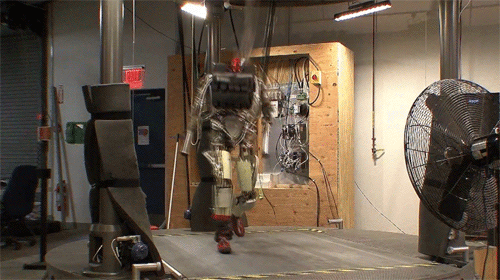Blue jeans and rock & roll, or something similar, may have won the Cold War, which was ultimately a cultural and economic one for all the rockets and bombs, but robots may be the key to victory in the coming 25 years.
In Geoff Dyer’s latest insightful Financial Times piece, the Washington-based correspondent writes the Pentagon is investing heavily in robotics and AI in an effort to keep the U.S. ahead of China and Russia as a military power in the next great arms race. I would think bioengineering will also be a part of the gamesmanship, though how far it will unfold in the next quarter century is TBD. The large sums being spent and the competition among different states with varying priorities are the reasons why I believe AI and automation will move into areas that are troubling, even if we promise ourselves something else.
In Dyer’s article, he asks five questions he believes central to the topic. An excerpt:
How far along is the military robotics revolution?
The Pentagon hails its approach as its third great technological surge since the second world war. The first was the development of battlefield nuclear weapons in the 1950s to deter a possible Soviet invasion of western Europe; the second, the development of precision strike weapons, which started in the mid-1970s and came of age during the 1991 Desert Storm campaign against Saddam Hussein.
Asked how far along the current strategy is, [Pentagon second-in-command Robert] Work says: “We are in 1976 and a period of experimentation. It is not until you see it in battle that anyone really trusts it.” He adds: “Five years from now, we will have some confrontation and we will say: ‘Holy crap, something has happened here,’ and it will start to accelerate more.”•




